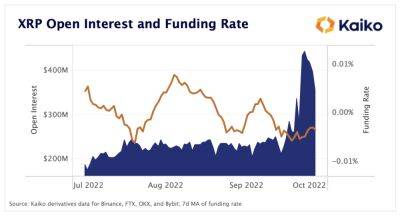This Bitcoin long-term holder metric is nearing the BTC price 'bottom zone'
A Bitcoin (BTC) on-chain indicator, which tracks the amount of coin supply held by long-term holders (LTHs) in losses, is signaling that a market bottom could be close.
As of Sept. 22, approximately 30% of Bitcoin's LTHs were facing losses due to BTC's decline from $69,000 in November 2021 to around $19,000 now. That is about 3%–5% below the level that previously coincided with Bitcoin's market bottoms.
For instance, in March 2020, Bitcoin price declined below $4,000 amid the COVID-19-led market crash, which happened when the amount of BTC supply held by LTH in loss climbed toward 35%, as shown below.
Similarly, Bitcoin's December 2018 bottom of around $3,200 concurred alongside the LTH loss metric rising above 32%. In both cases, BTC/USD followed up by entering a long bullish cycle.
Hence, the number of LTHs in loss during a typical bear market tends to peak in the 30%–40% range. In other words, Bitcoin's price still has room to drop — likely into the $10,000–$14,000 range —for "LTHs in loss" to reach the historic bottom zone.
Coupled with the LTH supply metric, which tracks the BTC supply held by long-term holders, it appears that these investors accumulate and hold during market downturns and distribute during BTC price uptrends, as illustrated below.
Therefore, the next bull market may begin when total supply held by LTHs begins to decline.
Meanwhile, the number of accumulation addresses has been increasing consistently during the current bear market, data shows. The metric tracks addresses that have "at least two incoming non-dust transfers and have never spent funds."
Interestingly, this is different from the previous bear cycles that saw the number of accumulation addresses drop or remain flat, as shown in the chart
Read more on cointelegraph.com




![Why Bitcoin [BTC] investors are confused between two poles right now - ambcrypto.com](https://finance-news.co/storage/thumbs_400/img/2022/10/2/43310_qza.jpg)

















